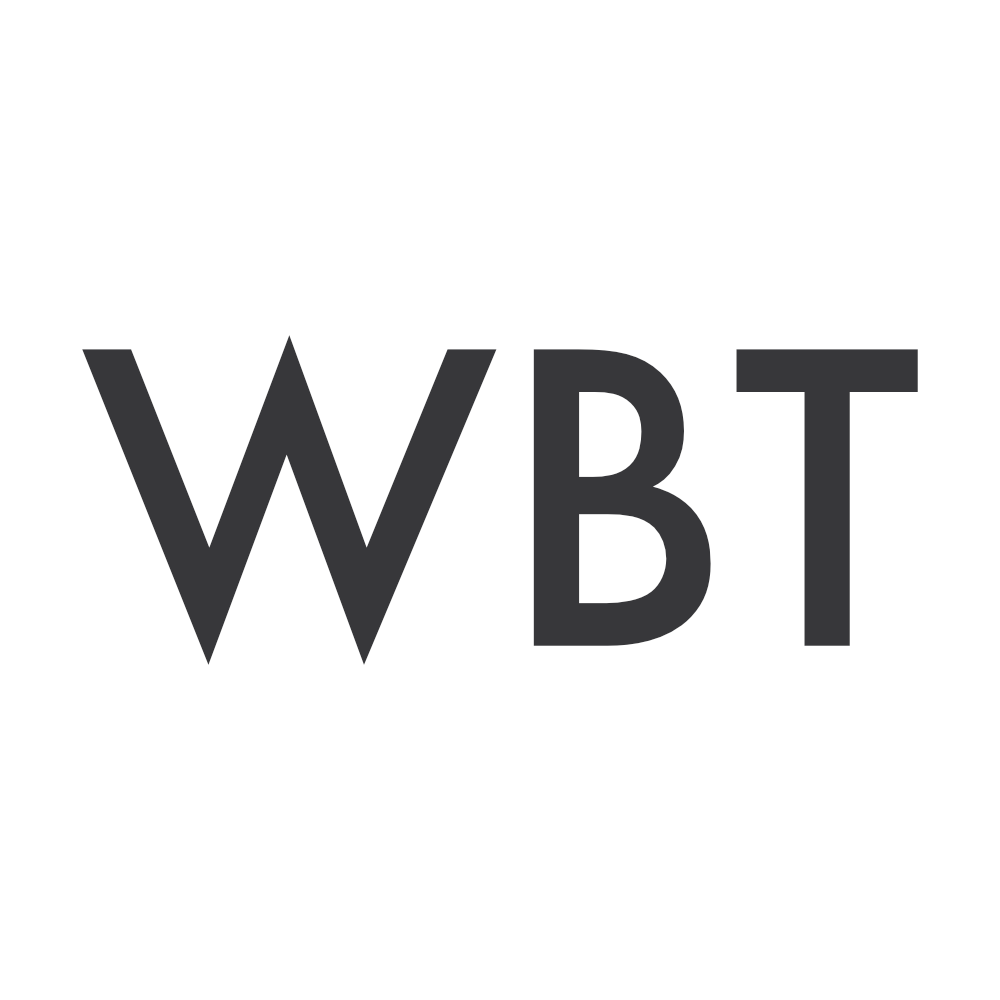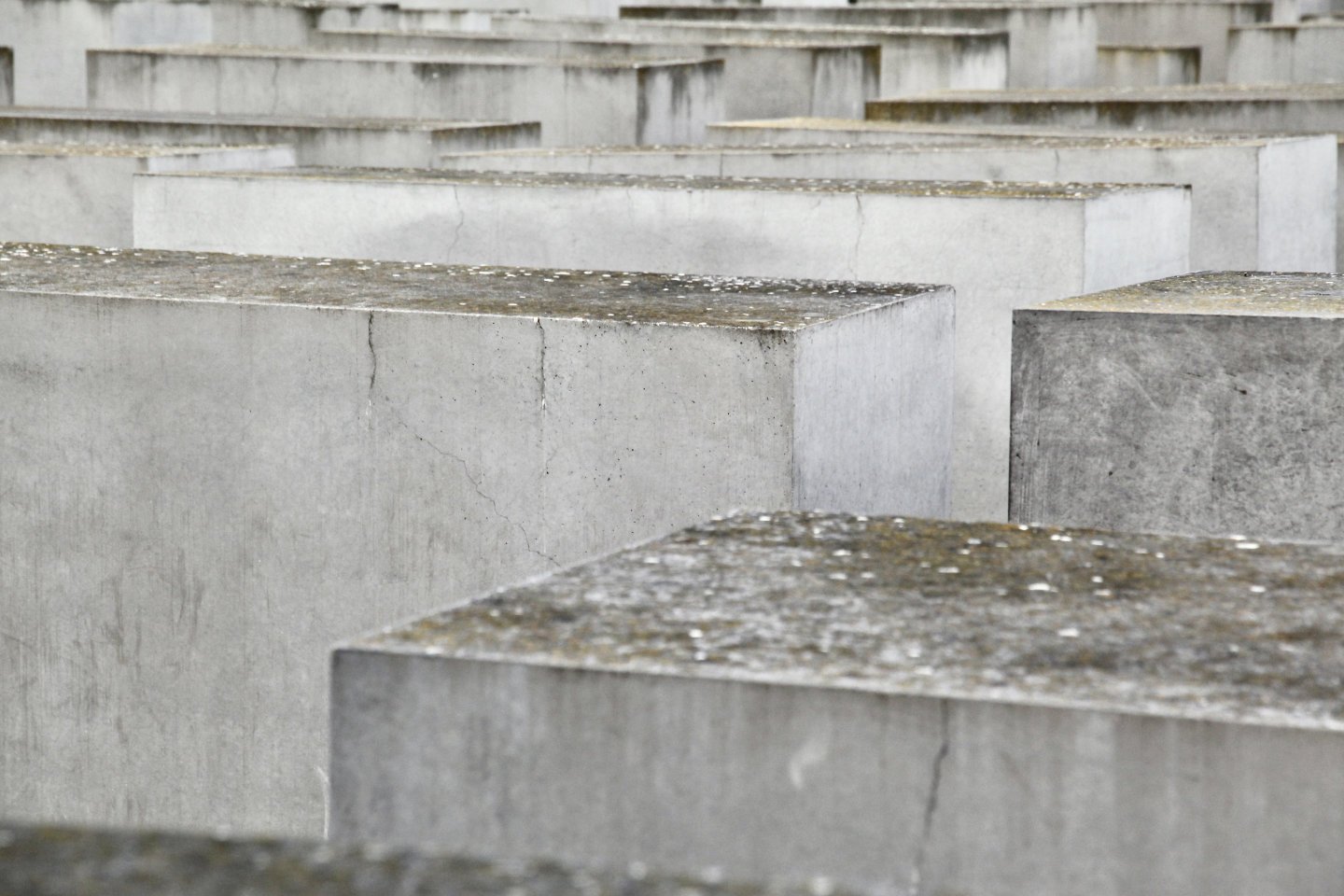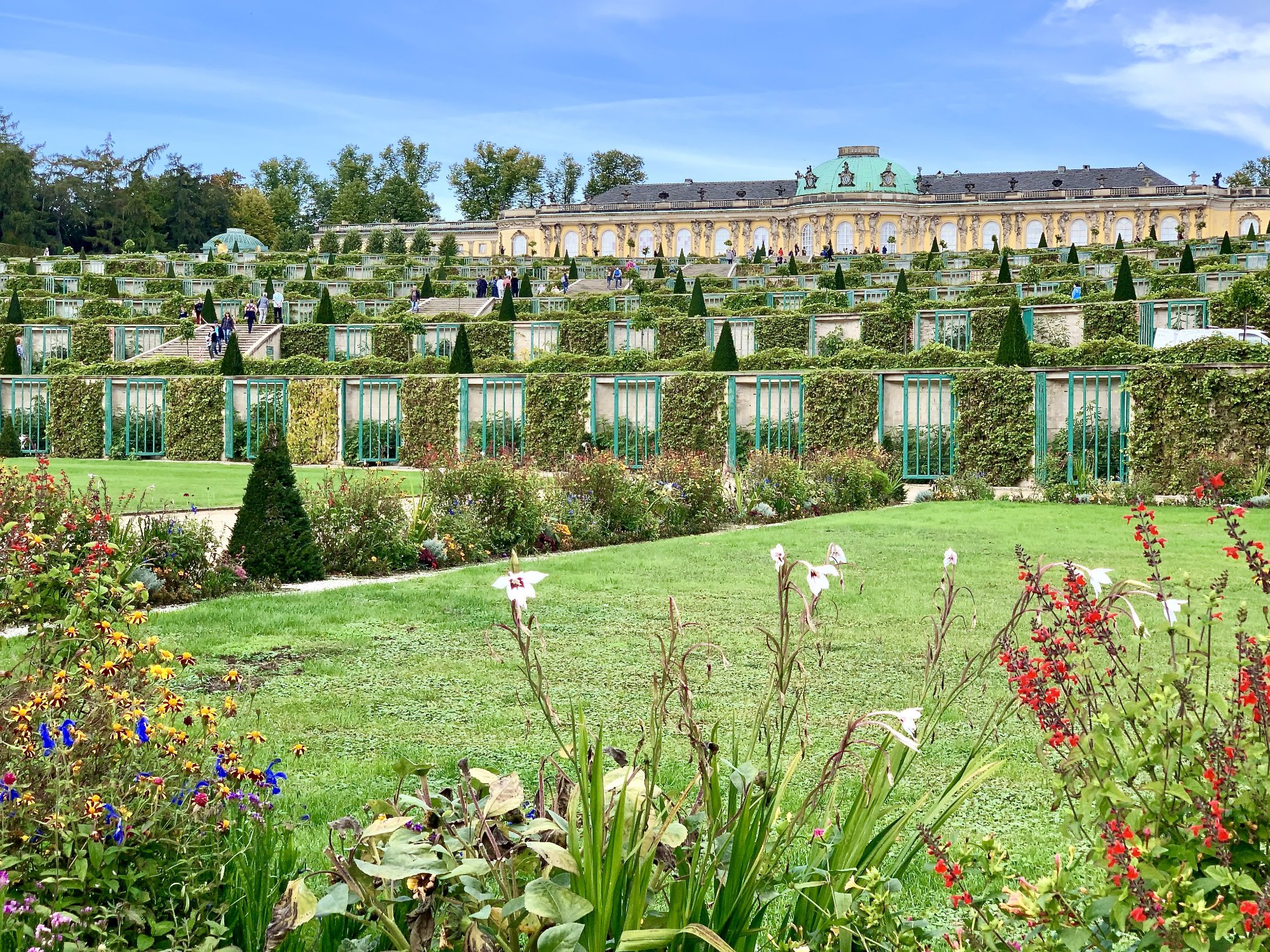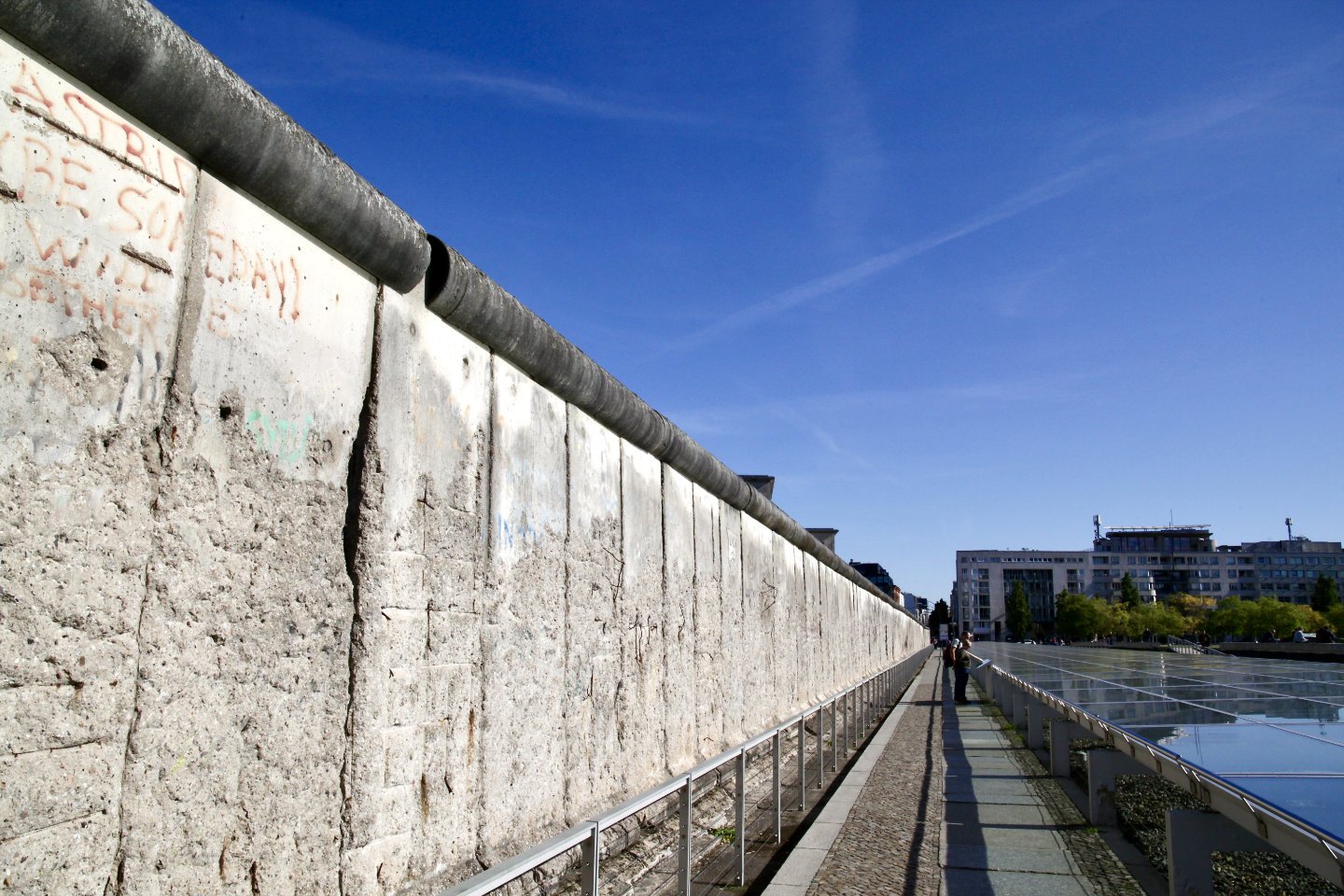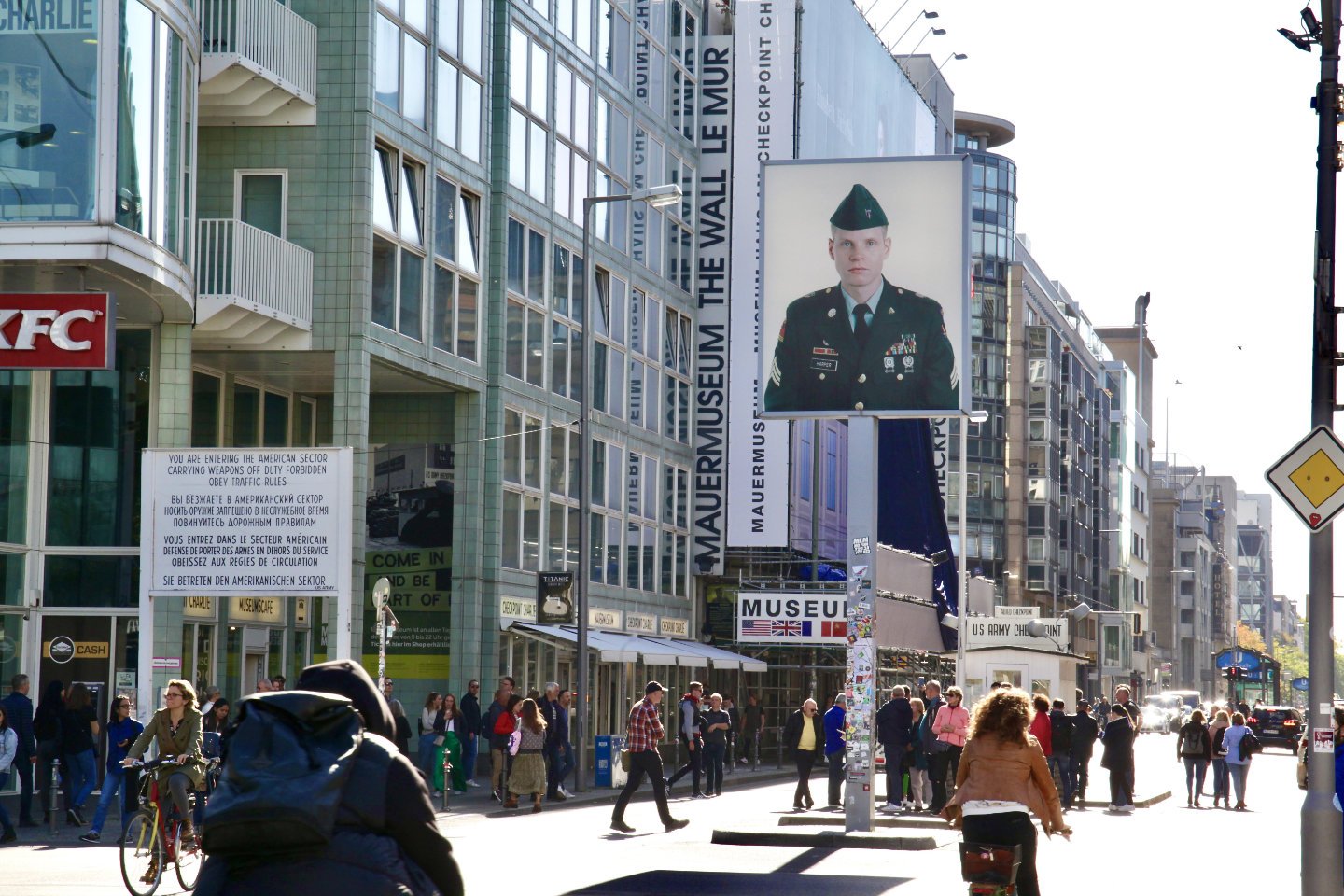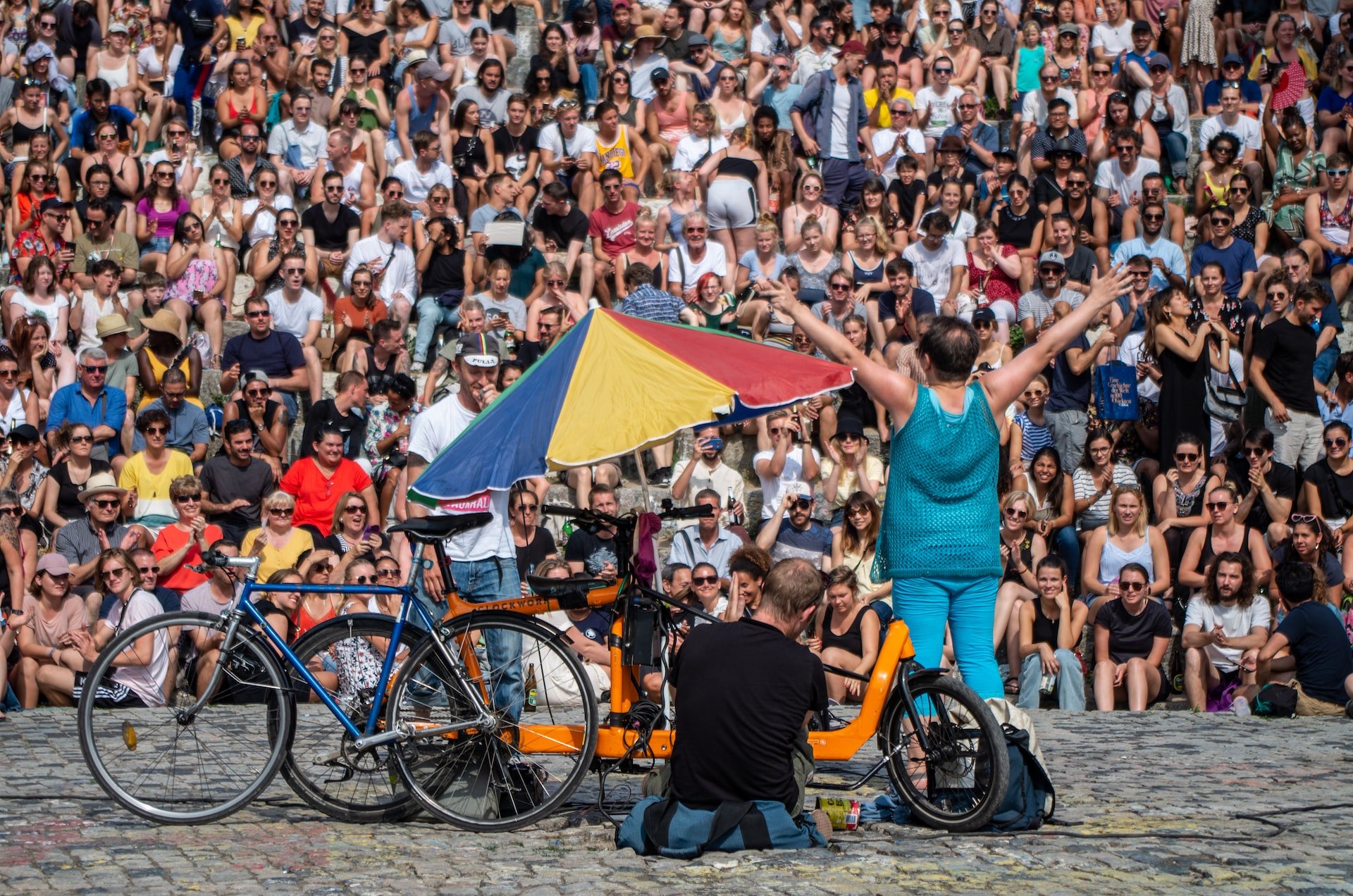The top 25 free things to do in Berlin in 2024
The one thing you don’t have to worry about in Berlin: nothing to do
Berlin is full of free things to do. You’ll never run out of things to do here, in fact, your problem will rather be too much to do! Below I’ve collected my favourite free things to do in Berlin so that you can explore them to your heart's content.
The Reichstag dome is free, but make sure to book in advance
Visit the Reichstag Dome
The mighty Reichstag building was finished in 1894, and was the parliament building of the German Empire. In 1933, a fire in the Reichstag building gave Adolf Hitler and the Nazis the opportunity to declare a state of emergency and seize control. At the end of WWII the building was attacked by the Soviet Union, leading to bloody and bitter fighting from April 30 - May 2, 1945.
After WWII, in 1961, the Reichstag building was fixed up, but by this time it was right next to the Berlin Wall in West Berlin. The building wasn’t used as the German parliament again until 1999. By the end of the 1990s Germany was reunified, and the new Bundestag (Federal Parliament) would then meet in the Reichstag (Imperial Parliament) building. That’s why the nearby subway station is called Bundestag, not Reichstag.
You can visit the dome up top for free! The idea is that the new building, designed by British architect Lord Norman Foster, represents the transparency of the new government: the people are on top, the government is transparent. Warning: this will be booked out! Make your reservation here.
The Neue Nationalgalerie - free on Thursday afternoons
See Mies van der Rohe’s Masterpiece: the Neue Nationalgalerie
The Neue Nationalgalerie is West Berlin’s answer to an art museum: all of Museum Island was in the East! The Neue Nationalgalerie was reopened after extensive renovations in 2021. The poor curators have to deal with an art museum that effectively has no walls to hang the art on… beautiful, beautiful building, but not the most practical.
“Work sets you free”
Visit the Sachsenhausen Concentration Camp Memorial
Sachsenhausen was the nearest Nazi concentration camp to Berlin. Over a 9 year period an estimated 200,000 prisoners were brought here. Roughly 10% of those prisoners were killed at Sachsenhausen. Visiting a former concentration camp is difficult, but many people find it to be an important, if not life-changing experience. Sites of Nazi terror in Germany are free to visit and present all of their information in English as well as German.
Click here to find out how to get to Sachsenhausen on your own, or click the button below to book me for a private tour. I’ve been a licensed guide of Sachsenhausen since 2011.
Experience East Germany in the Museum in the Kulturbrauerei
The Museum in the Kulturbrauerei is so good, yet due to its terrible name I think a lot of visitors, especially non-Germans, never find it! This state-run museum is all about communist East Germany. What was life like there? How did the system work? The museum is accessible, is full of fascinating artefacts, is brilliantly designed, and is completely free! Amazing. You’ll find it near to the U-Bahn Station Eberswalder Strasse in the trendy district of Prenzlauer Berg, my top shopping district.
Get the full East German experience by grabbing a currywurst from Konnopke’s Imbiss after your visit!
Stand in the very room where Germany surrendered at the end of WWII
See where Germany surrendered at the Museum of the German Capitulation Karlshorst
Most visitors to Berlin never find this one! This museum is so good, I can’t believe it’s free. This is where Germany surrendered at the end of World War Two. You can stand in the exact room where it happened! This fascinating museum is funded by the German foreign ministry and Russian defence ministry, so it’s fair to say that it's been suffering certain tensions lately.
The museum focuses on the Eastern front of World War Two, from Nazi Germany’s invasion of the USSR in the Summer of 1941 to the fascist’s defeat right here in 1945. The museum is filled with brilliant artefacts, uniforms, weapons, Soviet propaganda posters, you name it. Most importantly, like all the best museums, it has a tank garden - you’ll find it out the back.
Walking through the Memorial to the Murdered Jews of Europe is an unforgettable experience
Explore The Memorial to the Murdered Jews of Europe
Peter Eisenman’s Memorial to the Murdered Jews of Europe is a thoughtful, touching memorial that really must be experienced first-hand. Photos give you an idea, but walking through it is something else. The idea is that the design, 2,711 concrete blocks, is abstract. As you walk through you should think of your own interpretations and your own relationship to the history of the holocaust.
There is a small but brilliant museum beneath the memorial that is also open for free.
Frederick the Great’s favourite place in the world: Sanssouci
Walk the UNESCO World Heritage Sanssouci Gardens in Potsdam
Just next to Berlin is the magical city of Potsdam. This is where the royal family built their finest palaces, and where the Kings of Prussia and Kaisers of Germany spent most of their time. The jewel in the crown is the epic Sanssouci Park, built under Frederick the Great. The park is 2 km long, with stunning views and winding paths begging to be explored. The park is filled with palaces, including the iconic Sanssouci Palace itself, and is free to enter.
Want to know what you’re looking at? Check out my free self-guided Potsdam Sanssouci walk or book me for a private Potsdam tour.
Find hidden treasures at Berlin’s Flea Markets
Each Sunday Berlin comes alive with flea markets. Whether you want to check out vintage East German furniture at Arkona Platz, look for antiques at the Charlottenburger Tor, grab a bit of everything at the Rathaus Schöneberg market, or catch the exciting atmosphere of the Mauerpark flea market, there are loads to choose from!
See the most famous painting on the Berlin Wall at the East Side Gallery!
See a symbol of death and division turned into a celebration of peace at the East Side Gallery
The East Side Gallery is the longest remaining section of the Berlin Wall. At 1.3 km long, it’s just short of 1 mile. In the Summer of 1990, a couple of months before German reunification, artists from all over the world were invited to paint murals on the East Side Gallery. The murals were celebrating the hope and change flooding the world with the end of the Cold War; the Berlin Wall was gone, and peaceful revolutions were taking place all over Eastern Europe.
The most famous painting on the East Side Gallery is Dimitry Vrubel’s “Bruderkuss”. The text in Russian and German around it reads “My God, please help me to survive this deadly love”. The two men depicted in the painting are Leonid Brezhnev on the left, and Erich Honecker on the right. Brezhnev was the leader of the Soviet Union, Honecker was East Germany’s leader. The painting is a copy of a photograph; this kiss, ‘the socialist kiss of fraternal love’ really happened.
Hang out in Kreuzberg at the Admiralbrücke
In summer Berliners flock to the Admiralbrücke to catch the long, beautiful sunsets. Hundreds of people show up, including musicians, and grab drinks from the nearby späti (kiosk or off-licence) and sit and enjoy the warm, fun, summer vibes.
The whole area around here is filled with bars, cafes, and restaurants, so making a night of it is no problem.
The most famous sight of West Berlin: The Kaiser Wilhelm Memorial Church
See the ruins of World War Two at the Kaiser Wilhelm Memorial Church
The Kaiser Wilhelm Gedächtniskirche (no, I can’t pronounce it either), is the most famous sight of West Berlin. Sitting in the middle of Berlin’s most famous shopping district, the magnificent cathedral that once stood here was bombed during World War Two in 1943.
Rather than rebuild it, the Berliners decided to leave this building in its ruined state as a constant reminder of the horrors of war. The concrete structures either side of it are a church and a bell tower, designed by the architect Egon Eiermann in the 1950s. You might think they’re pretty ugly, but go inside the church and I’m sure you’ll be pleasantly surprised how nice they are on the inside.
The Topography of Terror Museum is right next to the Berlin Wall
Discover the true history of Nazi Germany at the Topography of Terror Museum
The Topography of Terror is built on the site of the former SS & Gestapo headquarters, two of Nazi Germany’s most feared institutions. The SS were Heinrich Himmler’s elite thugs who, among many other tasks, ran the concentration camps. The Gestapo were the secret police.
The museum goes into a lot of detail about the Nazis; who they were, and what they did. The thing I like most about the museum is that it shows how chaotic the Nazis were: they were always ready to stab one another in the back in their ruthless attempts to impress their Führer.
The original Checkpoint Charlie was moved to the Allied Museum
See the real Checkpoint Charlie at the Allied Museum
In the early 1990s the original Checkpoint Charlie building was hoisted onto a crane and driven over to the new Allied Museum in West Berlin. This brilliant, free museum takes you through key moments in the Cold War and the allied occupation of West Berlin, including Kennedy’s famous “Ick bin ein Berliner” speech in 1963, and the huge effort that went into the Berlin Airlift in 1948-49.
Street art but inside at Urban Nation
Urban Nation Street Art Museum
Berlin is covered in graffiti! The city has been famous for its graffiti since the days of the Berlin Wall! In fact, there are even multiple street art tours of Berlin where guides like me will show you the best, most hidden artworks. Berlin’s reputation as the home of street art has attracted artists here from all over the world, and of course, attracted the attention of the government, too. How’s this for a contradiction: in Berlin we have a state-funded street art museum, and we have an anti-graffiti squad in the police force (bless them, they’re either way too busy or just not very good at their jobs).
Urban Nation, Berlin’s street art museum, showcases an ever-changing array of artworks in a professional setting. It’s easy and pleasant to visit, and trust me, even if you think you don’t like street art, you’ll find something you like here.
Cross over the old Cold War border at Checkpoint Charlie
See where World War Three almost began at Checkpoint Charlie
Checkpoint Charlie was one of the major hot points during the Cold War. The Americans on one side, the Soviets on the other. In October 1961 it almost came to a head with a tank standoff that lasted 16 agonising hours. When it came to an end both sides retreated very slowly, having made sure that Checkpoint Charlie became a household name across the world. Tourists, journalists, authors and screenwriters came to Checkpoint Charlie from across the Western world just to peer into the East and imagine what life was like on the other side!
Sing your lungs out at Mauerpark’s Bearpit Karaoke
The funnest/most intimidating karaoke you’ve ever seen! Join thousands of people at the Mauerpark flea market on Sundays as they sing the hits to varying degrees of success. The atmosphere is fun, friendly, and electric. Have you got the guts to jump in front of everyone and sing your heart out?
How was life in Berlin when the Wall was up?
Everyday life with the Berlin Wall at the Palace of Tears Museum
In the 1960s the Tränenpalast (palace of tears) building opened to allow West Berliners to come over to the East and visit their loved ones they’d been separated from by the Berlin Wall. The building earned its nickname from the emotional goodbyes that took place here. Fathers, sisters, and children would say goodbye to their families here without knowing if they would ever see them again.
The free museum was opened by Angela Merkel in 2011. The exhibition is well-presented, engaging, and just the right size for a short visit.
Mother Russia mourning the fallen from the Battle of Berlin
The Soviet Memorial in Treptower Park
The memorial is a powerful and moving tribute to the Soviet soldiers who died during the Battle of Berlin in World War II. It features a crying Mother Russia, quotes from Stalin (!) and the centrepiece: a towering statue of a Soviet soldier standing triumphantly over a broken swastika: it’s safe to say this memorial isn’t about subtlety. The whole thing is huge, the feel of it is epic!
There’s also an excellent beer garden, Inselgarten, nearby!
Learn everything there is to know about the Berlin Wall
Discover escape tunnels and see the “Death Strip” at the Berlin Wall Memorial
Want to discover the entire history of the Berlin Wall for free? The Berlin Wall Memorial occupies a large stretch of the former Wall on Bernauer Strasse. It features loads of information, stories, photographs, there’s even a tower you can go up and look down onto the “Death Strip” that divided East & West. Most of it is outdoors, but there are a couple of indoor sections, too. Highly recommended!
Want to see where all of the remaining pieces of the Berlin Wall are? Click here
Walk, run, or wind surf over Europe’s largest park at Tempelhofer Feld
The colossal Tempelhof airport building was built by the Nazis, but it’s most famous for being the heart of the epic Berlin Airlift between 1948 & ‘49, when the Western Allies flew everything the West Berliners needed into the city: food, clothes, medicine, even a whole power station.
Tempelhof ceased to function as an airport in 2008. Since then it’s become an other-worldly park. A huge open expanse in the middle of the city. The park is popular with runners, cyclists, and even wind skaters! (No, I’d never heard of it either). Since 2008 many bird species have made their way back to the airfield, and there’s an urban-gardening section that’s really neat, too.
The Tiergarten is at its best in the golden light of Autumn
Stroll the Majestic Tiergarten Park
West of the Brandenburg Gate and continuing all the way to the Zoo is the Tiergarten, Berlin’s most famous park. The name means ‘animal garden’ which comes from the fact that it was originally royal hunting grounds - imagine the Prussian kings hunting wild boar here as you walk through!
The park’s Western edge is where you’ll find memorials to the victims of the Nazis, in fact, I wrote a self-guided walk connecting all the memorials if you’re interested! Towards the middle you’ll find the beautiful rose garden, and if you’re (un)lucky you’ll stumble across the nude sunbathing section in the summer! There’s another Soviet war memorial here, this time with tanks, and in the centre you’ll find the gleaming, golden Victory Column which you can climb to the top of for €3.50.
Over at the Western edge of the park, you’ll find the zoo and two beer gardens, Schleusenkurg and Cafe am Neuen See. Both are excellent!
You’re never short of things to do when walking by the canal
Walk through Kreuzberg & Neukölln along the Landwehr canal
Kreuzkölln is a combination of two of Berlin’s districts: Kreuzberg and Neukölln. The canal that divides the two districts is a lovely walk, from the Admiralbrücke at the Western side, to the bars, restaurants, and flea market at the other end next to the Schlesisches Busch park. Along the way, you can stop at two excellent pizza restaurants, Zola and Ammazza che Pizza, grab vegan donuts at Brammibal’s, stop off for a beer at the legendary Ankerklause and drink specialty coffee and eat mouth-watering sandwiches at Populus Cafe. On Tuesdays and Fridays, you can experience all the fun and chaos of the Turkish market, and on Sundays, there’s a flea market, too!
The canal is a great place to spend time any time of the year, but Summer is the best. Sit with the locals beneath the willow trees and people watch, and see the Berliners in their dinghies as they cool off floating down the canal blaring music and drinking beers. The Kreuzkölln canal is the best place to soak up Berlin’s bohemian atmosphere.
Catch a Glimpse of Beautiful, Old Berlin at the Charlottenburg Palace Gardens
You don’t have to go all the way to Potsdam to see Berlin’s beautiful palaces: we’ve got one right here! While you do have to pay to go inside the palace, the gardens out the back are not only free but very pretty. Do it for the ‘gram!
Explore WWII History at the Humboldthain Flak Tower
During World War Two the Nazis built 4 huge flak towers in Berlin: only 1 still remains. You can clamber up to the top and get great views over the city, and you can even visit a nice rose garden on the way up.
The nearest train station is named Gesundbrunnen, where you can get arguably the best currywurst in town!
The best things in life really are free
Jump in a lake!
Berlin is a wild swimmer’s paradise! Pack your towel, bathing suit optional (it is Germany after all) and head out to Berlin’s lakes. The easiest to get to on public transport are Schlachtensee (1 min walk from the station), Krumme Lanke. Hop in and enjoy!
Did you enjoy this article? Then share some love!
You can help me by:
Following me on Instagram
Leaving a 5-star Google review for Whitlam’s Berlin Tours
Sharing this article with a friend
